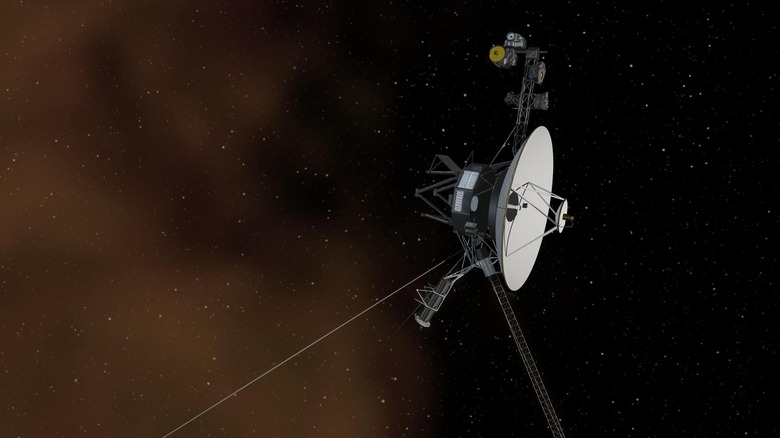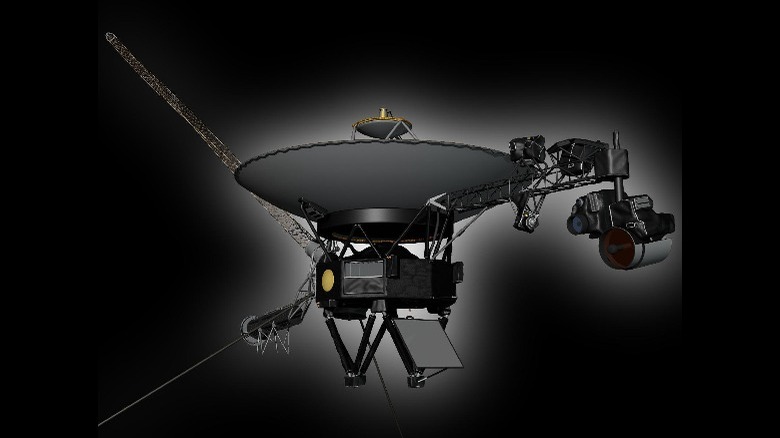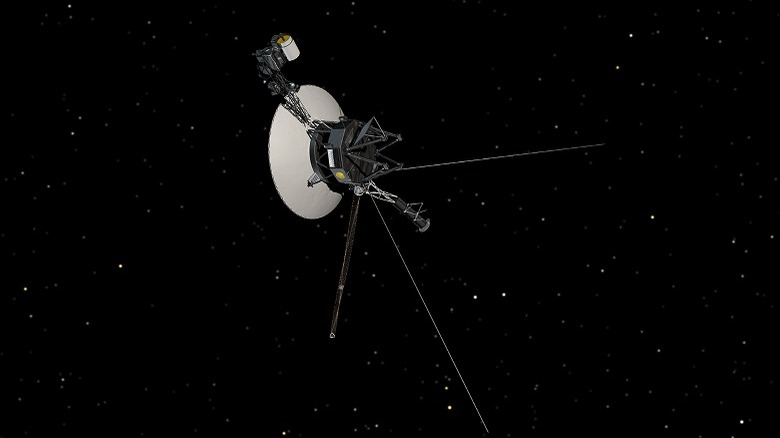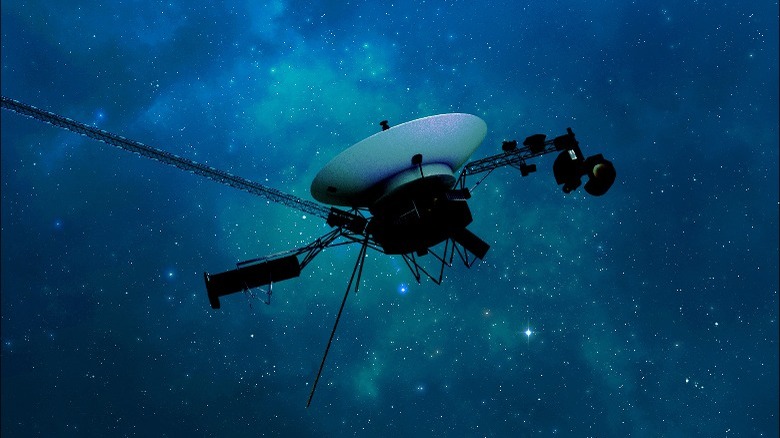How NASA Fixed Voyager 1 From 15 Billion Miles Away
NASA engineers say they've fixed a problem that had temporarily halted all but basic communications with Voyager 1, the longest-operating spacecraft in history. As a result of their efforts and ingenuity, the probe has returned to transmitting science and engineering data back to Earth.
The successful fix caps a half-year effort that began in November 2023, when the probe stopped returning readable data. The NASA engineering team responsible for the fix ultimately focused their efforts on one of three computers aboard the unmanned spacecraft. That problem computer, known as the flight data system (FDS), wasn't correctly communicating with another part of the probe responsible for sending data through the spacecraft's radio transmitter.
Fixing the issue wasn't as simple as uploading a software update for a smartphone app. The Voyager 1 was launched in 1977, and now the engineers had to work with its half-century old technology.
The team's success extended humanity's furthest mission into space. The Voyager 1 was designed to study magnetic fields and weather as it conducted flybys of Jupiter and Saturn before exiting the heliosphere — a pocket of space created by the Sun containing its magnetic fields and solar winds — in 2012. Voyager 1 is currently over 15 billion miles away from home, with a transmission delay of 22.5 hours each way.
NASA teams had to comb through the Voyager 1 systems documentation to develop a patch, while ensuring they didn't cause any further issues. Here's how they did it.
Identifying the problem
The journey from identification of the problem to a complete fix took nearly eight months, as per NASA press releases. The Voyager probes send data to Earth via a radio signal containing a single data package that has both the information gathered by the onboard science instruments and the engineering information about the status of the spacecraft. On November 14, 2023, NASA realized that the data sent from Voyager 1 was unreadable. In December 2023, the team tried restarting some of the probe's systems, but that did not solve the problem.
After months of working on a fix, NASA in March 2024 announced its team had made progress with understanding the issue with Voyager 1. On March 1, the team sent a "poke" command to the probe, making its software attempt a variety of sequences that could work around problems they'd identified with its computer. NASA received a response from Voyager on March 3, and after some difficulty decoding it, the teams realized it was a readout of the system's memory. The team was able to devise a solution by analyzing the differences between earlier and current readouts.
In April 2024, NASA said it had found the cause – 3% of the flight data system's memory had been corrupted, causing the abnormal behavior. NASA engineers suspected a single chip holding a part of the computer code had stopped working. Fortunately, they figured out a solution.
Devising and implementing a solution
The NASA team was able to move various pieces of code to another location in the memory of the probe's computers. On April 18, the NASA team tested the solution by sending only a part of the fix — the corrected code responsible for packaging the engineering data — to its new location in probe computer's memory. When NASA received the probe's response on April 20, engineers learned the fix had worked as intended. Now, the Voyager 1 was correctly transmitting its health and status data. The team then began working on fixes to enable the probe to send back data collected from the science instruments too.
On May 17, a fix for sending science data from two of the four instruments (plasma wave subsystem and magnetometer) was transmitted to the probe, and it was a success. In June, NASA announced that the team had managed to fix the issue with the other two instruments (cosmic ray subsystem and low energy charged particle instrument) in the interim. Additional fixes for problems with the timekeeping software and digital tape recorder were being planned, NASA said.
Brief history of the Voyager spacecraft
This isn't the first issue onboard the Voyager that NASA's team has faced during the probe's over 40 years in space. For example, last year, NASA briefly lost contact with Voyager 2 – Voyager 1's sister probe launched on a different trajectory. NASA's even faced other data issues with Voyager 1. Still, both of their missions continue.
The Voyager 1 and Voyager 2 are identical spacecraft, with 10 science instruments onboard, six of which on Voyager 1 either stopped working or were deactivated after it flew past Saturn. The two Voyager probes are both now beyond the heliosphere, and are the first spacecraft to get a taste of interstellar space. Voyager 1 left the heliosphere in 2012, while Voyager 2 left in 2018.
Both probes have seen some awesome sights. Both Voyager spacecraft flew past Jupiter and Saturn, showcasing the Great Red Spot on the former and the hexagonal polar vortices of the latter. The two probes also captured data of some of the gas giants' moons (including Ganymede, Io, Europa, Enceladus, Titan, Iapetus, and Tethys), while Voyager 2 flew past Uranus and Neptune. Apart from discoveries about the planets and moons we already knew about, the two probes were also responsible for discovering new moons on each of the planets.



